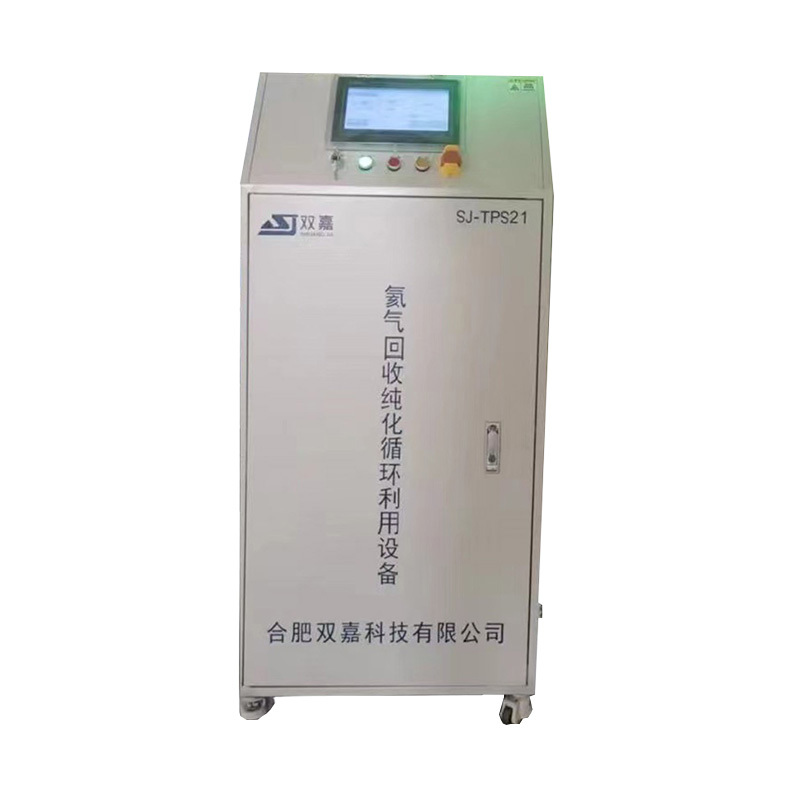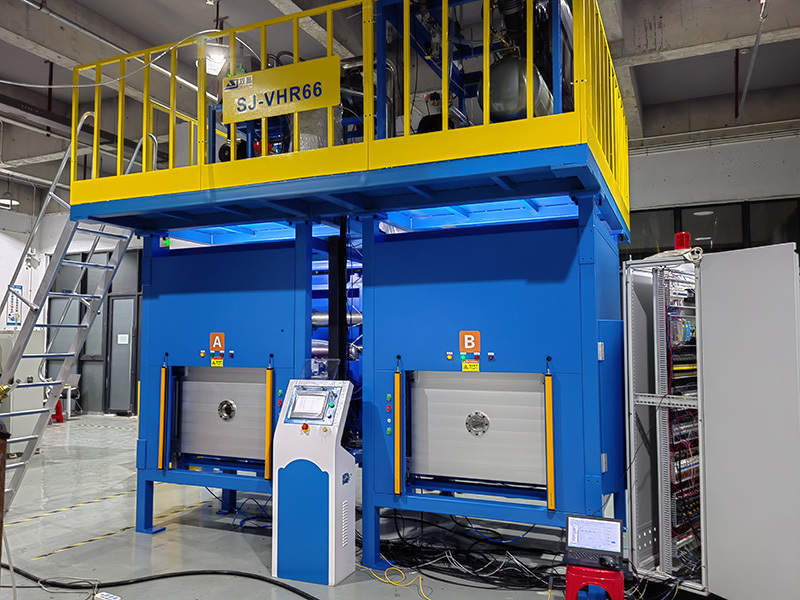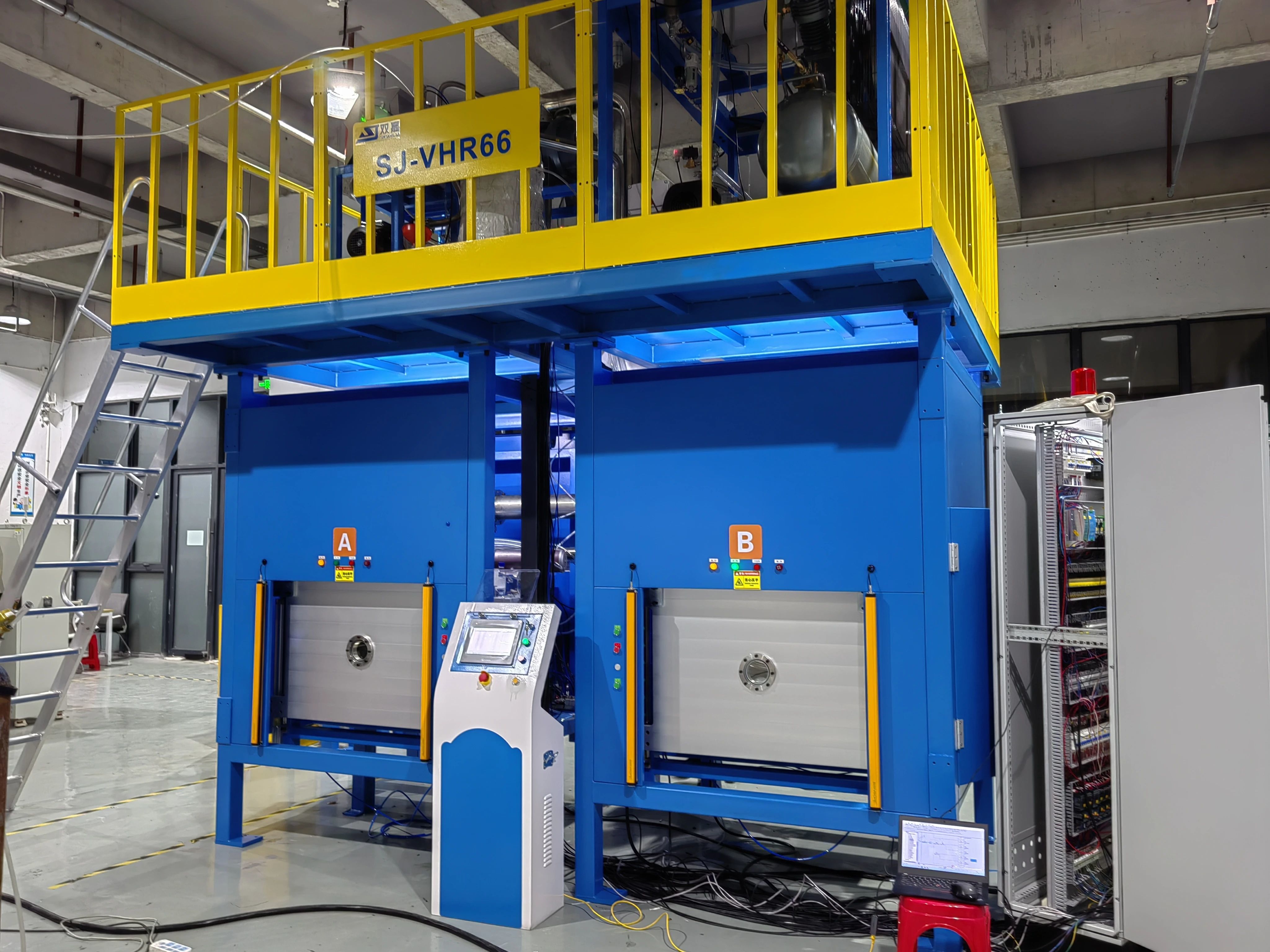Information Details
The leak detection role of helium in semiconductors
To prevent the performance degradation of semiconductor devices, integrated circuits, and other components due to surface contamination from moisture and other impurities, sealing with a shell is necessary. However, small holes that are difficult to detect with the naked eye often occur at the sealing points of the shell or at the lead connection points due to various reasons. Therefore, after the component is packaged, certain methods are required to detect the presence or absence of these small holes. Helium leak detection uses helium gas to check for small holes in the shell of the electronic component package. Because helium atoms are very small and easily pass through small holes into the shell, this detection method can detect very small holes (i.e., it can detect holes with a leak rate of approximately 10−11~10−12cm3/sec), with a sensitivity comparable to that of radioactive leak detection, but simpler than radioactive leak detection. Helium leak detection test method: First, place the packaged components in a container filled with helium gas and pressurize it, allowing the helium gas to enter the shell through the small holes; then take it out and use compressed air to blow away the residual helium gas on the shell surface; then use a mass spectrometer to detect the helium gas leaking from the shell surface.
Release time:
2025-03-11
To prevent the degradation of semiconductor devices, integrated circuits, and other components due to surface contamination from moisture and other impurities, sealing with a casing is necessary. However, small holes that are difficult to detect with the naked eye often occur at the sealing points of the casing or at the lead terminals due to various reasons. Therefore, after the component is packaged, certain methods are needed to detect the presence of these small holes. Helium leak detection uses helium gas to check for small leaks in the packaging casing of electronic components. Because the size of helium atoms is very small, they easily pass through small holes and enter the casing. Therefore, this detection method can detect very small holes (i.e., it can detect leaks with a rate of approximately 10−11~10−12cm3/sec), and its sensitivity is comparable to that of radioactive leak detection methods, but it is simpler than radioactive leak detection methods. Helium leak detection test method: First, the packaged components are placed in a container filled with helium gas and pressurized, allowing the helium gas to enter the casing through small holes; then, they are removed, and the remaining helium gas on the surface of the casing is blown away with compressed air; then, a mass spectrometer is used to detect the helium gas leaking from the outer surface of the casing.
Previous Page
Previous Page
Latest Blog







